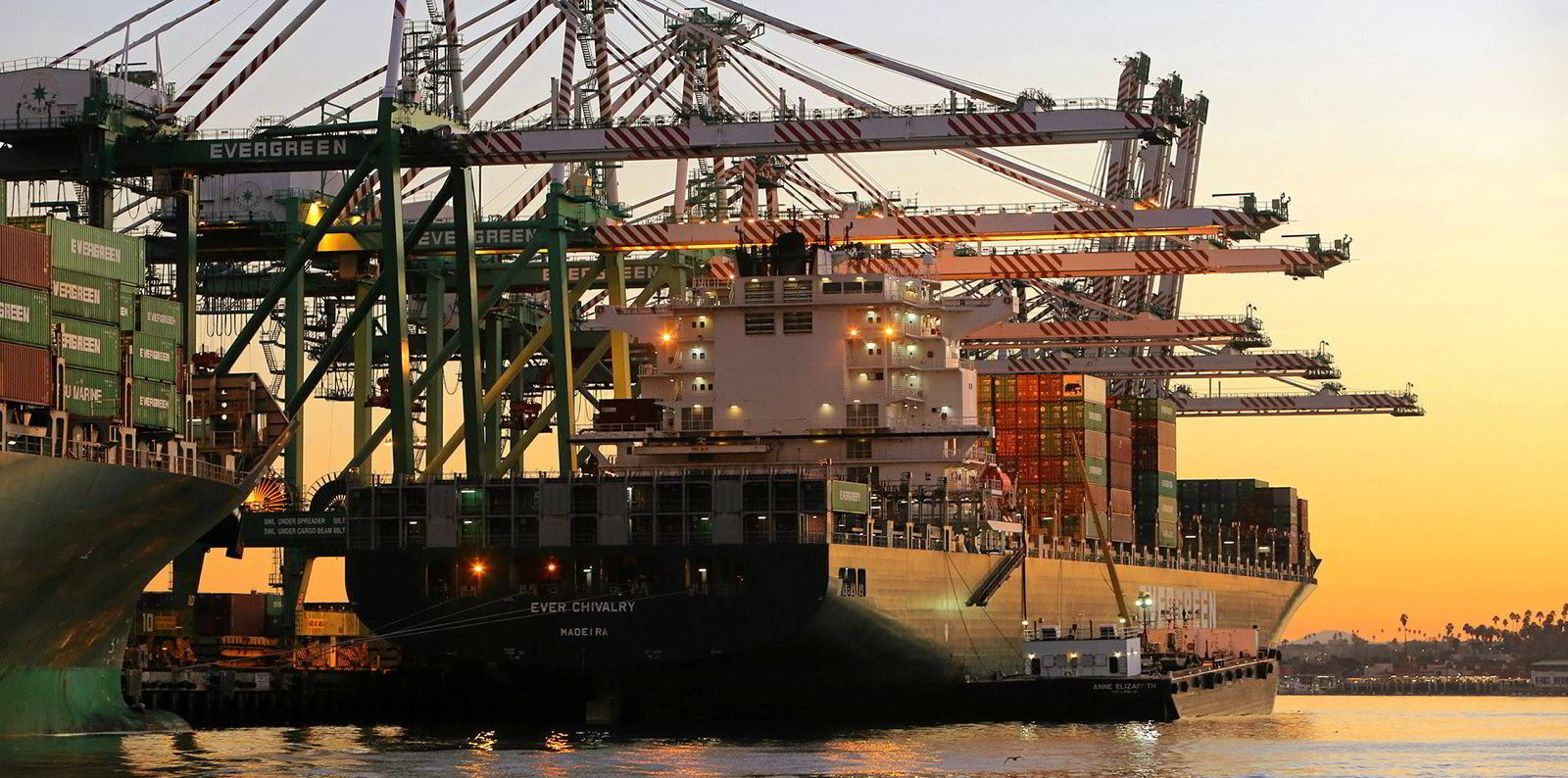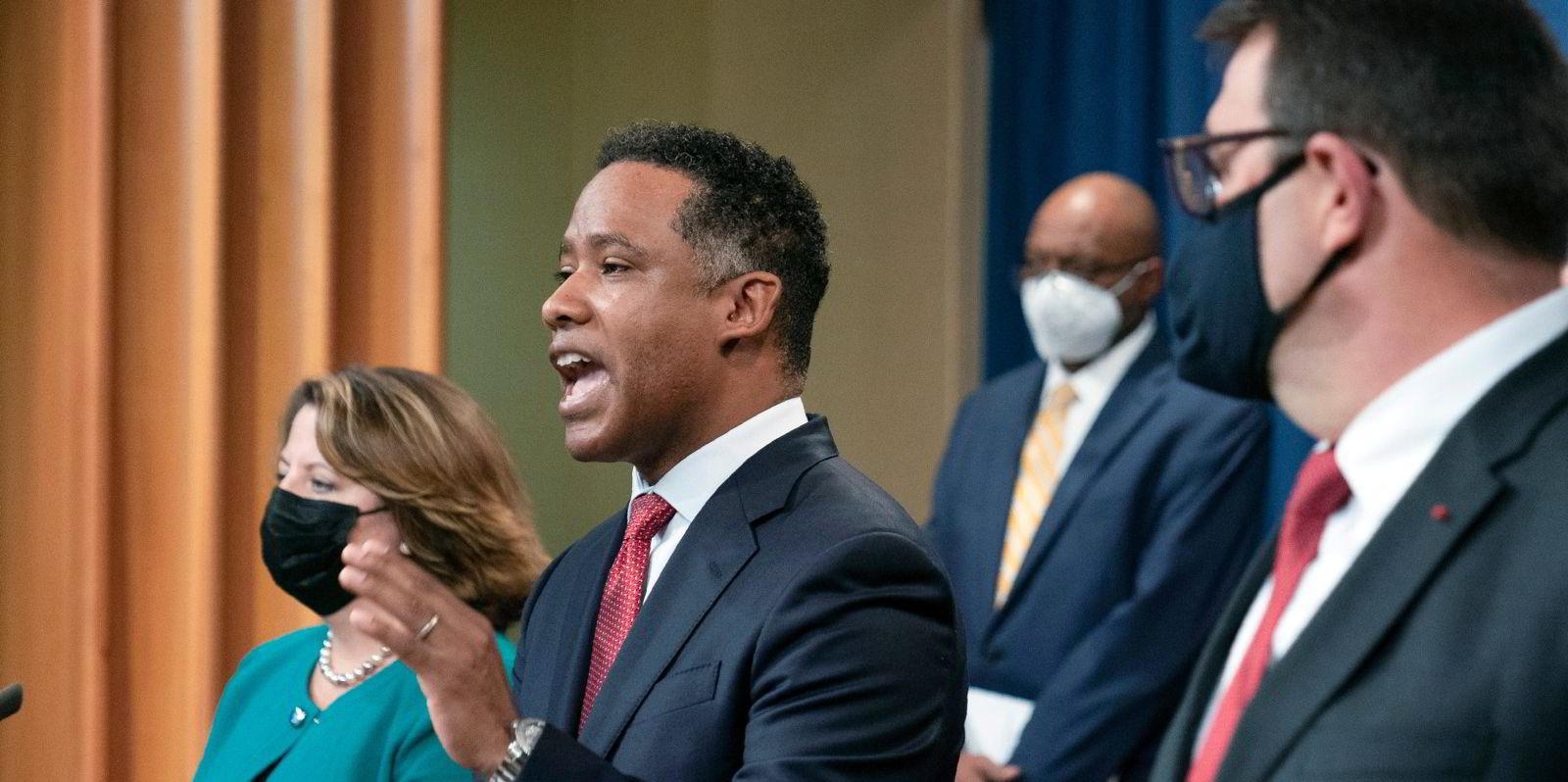In August 2016, global trading giant Glencore had a deal with another trading firm to purchase 45,000 tonnes of heavy fuel oil over five days. The price was tied to an assessment published by S&P Global Platts for bunkers at the Port of Los Angeles.
On each of those five days, a Glencore marketer submitted bids into a Platts system and pushed them lower, according to court documents filed as part of an agreement to plead guilty to price manipulation.
In one day alone, the Glencore employee identified only as Marketer-1 lowered the bid price 41 times during Platts’ trading window, dropping the price from $245 per tonne to $204.50, the document shows.
The moves are among details, revealed in documents in a federal court in Connecticut, of a scheme that has culminated in Glencore agreeing to pay the $486m to the US for market manipulation in fuel oil markets.
As TradeWinds has reported, the plea agreement was part of deals with the US, Brazil and the UK that will see Glencore pay at least $1.1bn in fines for charges that also include bribery.
In the fuel oil case, the company pleaded guilty to one count of conspiracy to manipulate prices.
At the heart of the bunker price manipulation scheme were Glencore traders’ efforts to hike or drop fuel oil price assessments by Platts for the ports of Los Angeles and Houston, according to documents filed with the court.
The Platts assessments are meant to reflect prevailing market conditions in the ports, which in turn are used as reference prices in bunker contracts. The assessments in the case were based on the US-based pricing service’s market-on-close process, in which bids and offers were submitted to Platts during 30 to 45-minute windows.
While admitting the criminal charges, Glencore has sought to highlight the ethics and compliance programme that it started implementing before the price manipulation and bribery allegations emerged.
“Glencore today is not the company it was when the unacceptable practices behind this misconduct occurred,” chairman Kalidas Madhavpeddi said when the company announced the plea agreements.
“We were not accused of any wrongdoing and we maintain that our robust, rigorous and transparent methodology and the safeguards we have in place continue to allow Platts to publish assessments reflective of market value,” S&P Global Commodity Insights said in a statement provided to TradeWinds.
A bunker market expert said Platts’ market-on-close process has been an effective tool for pricing in high-volume markets.
But the market in Los Angeles and neighbouring Long Beach, once the world’s largest bunker market, may have been more vulnerable to market manipulation because of thin liquidity and a small number of players. State oil company Petroleos de Mexico and trading subsidiary PMI Comericio International were key users of the Platts Los Angeles price but have since pulled away from it as a result of Mexican energy reform.
According to a statement of facts agreed by Glencore, the price manipulation scheme took place between 2012 and 2016 and involved employees at Chemoil and subsequently Glencore. Chemoil, an oil trading firm, was majority-owned by Glencore until a full takeover in 2014.
The scheme at the Port of Los Angeles involved Emilio Jose Heredia Collado, who had been vice president of trading at Chemoil and who has pleaded guilty to charges associated with the scheme.
Also involved were three unnamed marketers at Chemoil and later Glencore.
‘Misleading’ reporters
In addition to submitting bids to move price assessments higher or lower, Heredia and the marketers also gave “false and misleading statements” to Platts reporters in the form of market colour that could also influence the price assessment.
Court records included brief online chat communications in which a Platts reporter asked for updates on Los Angeles bunker prices from Marketer-1 in October 2014.
At the time, Chemoil had a deal to buy 58,000 metric tonnes of fuel oil from a firm identified as Trading Firm A based on the Los Angeles price assessment.
The marketer talked down the market on the same day that he submitted at least one offer to the Platts system and lowered it 44 times during the trading window, dropping the price from $515 per tonne to $471.50, according to court records.
A similar pattern followed over the second and third day of the contract, including another conversation with the Platts reporter on the final day.

“Hearing anything out of LA?” the reporter asked.
“Still super weak ... minimal bunker demand and very high supply,” Marketer-1 replied, with the quote later appearing in a Platts daily market commentary.
According to Glencore’s plea agreement, the company and its co-conspirators profited from the scheme to the tune of $180m.




